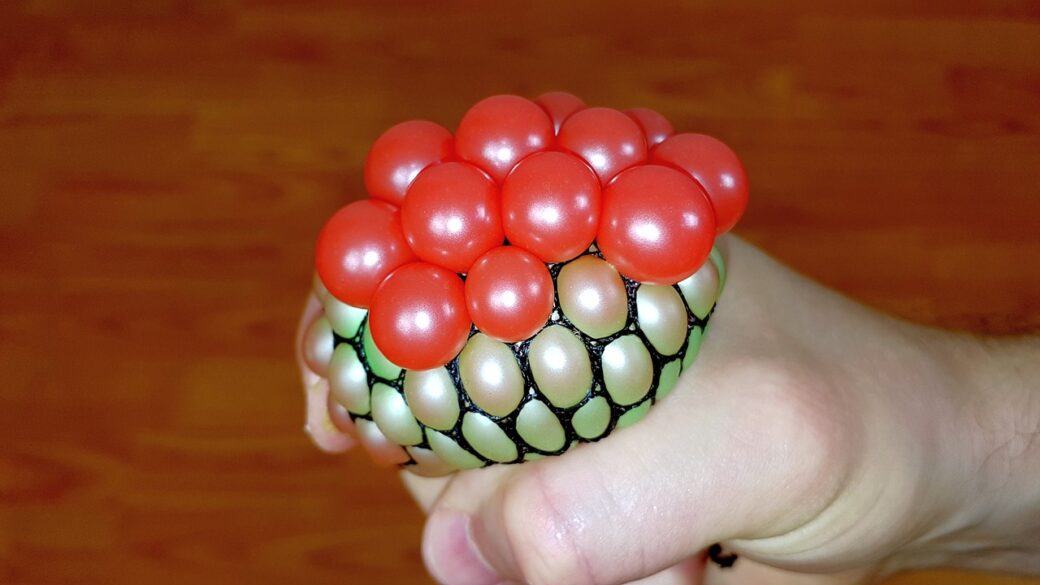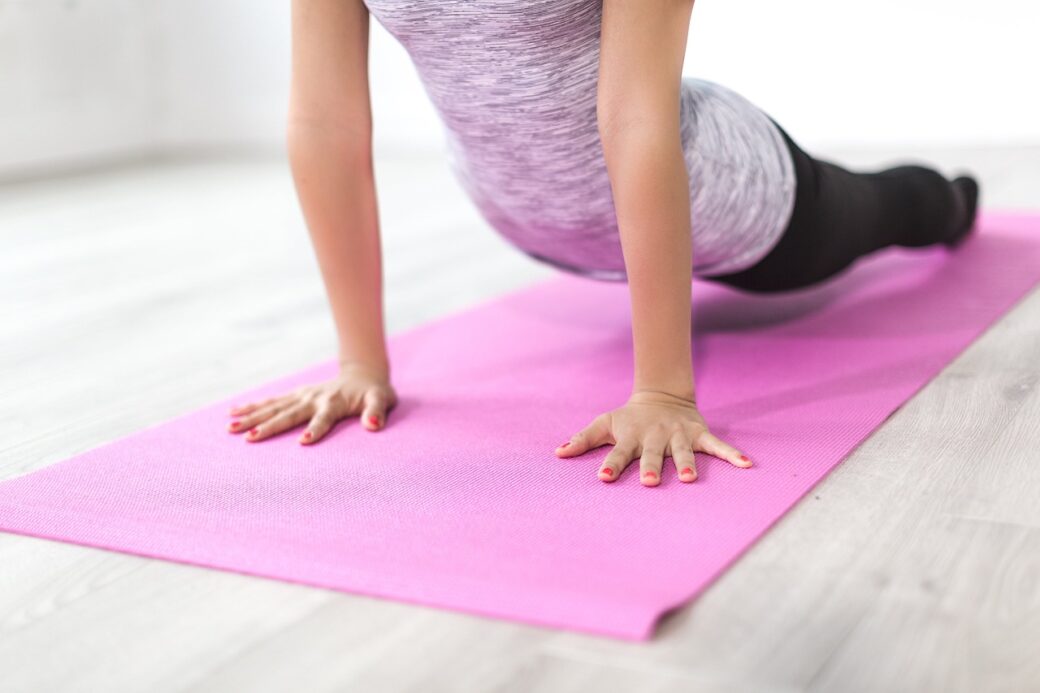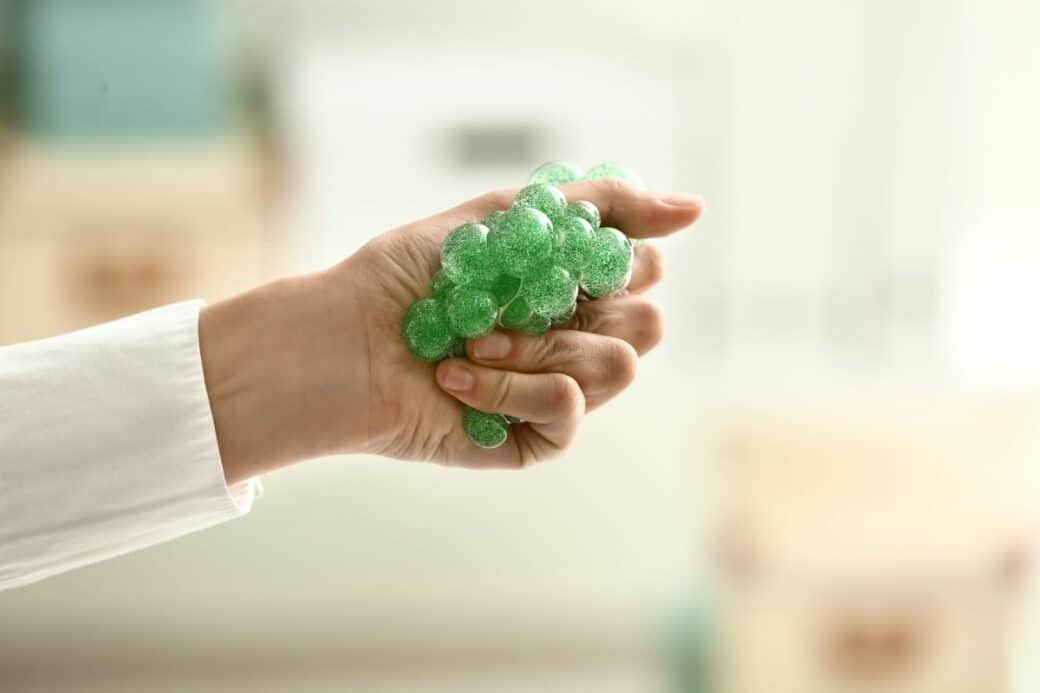Are stress balls really effective? This article aims to shed light on the topic and uncover the truth behind these popular stress-relief tools. Whether you’ve used one before or are considering giving it a try, understanding how does stress balls work and whether they live up to the hype is essential. By exploring the science behind stress relief and examining the potential benefits of stress balls, you’ll gain valuable insights into whether these small, squeezable balls can truly help alleviate stress and promote relaxation. So, let’s embark on this journey to uncover the truth behind stress balls!
Does Stress Balls Work: Understanding Stress

Definition of Stress
Stress is the body’s response to any demand or pressure placed upon it. It is a natural reaction that can be triggered by both positive and negative events or situations. When you encounter a stressful situation, your body releases stress hormones, such as cortisol and adrenaline, to prepare you for either a fight or flight response. This physiological and psychological response can affect your overall health and functioning.
What Causes Stress?
Stress can be caused by a variety of factors, including work or school-related pressures, relationship issues, financial problems, health concerns, and major life changes. Each individual may have different stressors that affect them, and it is important to recognize and address these triggers to manage stress effectively. Being aware of the causes of stress is the first step towards finding ways to cope with it.
Stress Impact on Health and Functioning
Stress can have a profound impact on your physical and mental health, as well as your overall well-being. Prolonged periods of stress can lead to a weakened immune system, increased risk of chronic diseases, sleep disturbances, mood disorders, and even cognitive impairments. Additionally, stress can impact your ability to focus, concentrate, and perform daily tasks efficiently. It is crucial to address and manage stress to maintain optimal health and functioning.
The Concept Behind Stress Balls
Historical Background of Stress Balls
Stress balls, also known as stress relievers or stress toys, have been used for centuries as a way to cope with stress and anxiety. The modern stress ball originated from ancient Chinese medicine balls, which were used to improve hand dexterity and promote relaxation. Over time, stress balls have evolved and are now commonly used as a tool for stress relief and relaxation in various settings.
How Do Stress Balls Allegedly Work?
The underlying concept behind stress balls is based on the principle that physical manipulation can help release tension and promote relaxation. By squeezing a stress ball in your hand, you engage the muscles and increase blood flow, which can provide a comforting sensation. Additionally, the rhythmic repetitive motion of squeezing and releasing the stress ball can help distract the mind from stressful thoughts and promote a sense of calmness.
Different Types of Stress Balls
Stress balls come in various shapes, sizes, and materials. Traditional stress balls are usually made of foam or rubber and are filled with a soft, squishy substance. These balls are designed to be squeezed with your hand to provide tactile stimulation. However, there are also stress balls that incorporate other features, such as aromatherapy, textured surfaces, or even electronic components that emit soothing sounds. The wide range of options allows individuals to choose a stress ball that suits their personal preferences and needs.

The Science Behind Stress Balls
Understanding the Mind-Body Connection
Stress balls are believed to work by tapping into the mind-body connection. The mind-body connection refers to the idea that our thoughts, emotions, and physical sensations are interconnected and can influence each other. By engaging in physical activities, such as squeezing a stress ball, you can help regulate your emotions and reduce stress levels. This connection highlights the importance of addressing both the physical and psychological aspects of stress management.
The Role of Sensorimotor Input
Sensorimotor input, which involves the interaction between our sensory perceptions and motor responses, plays a significant role in how stress balls potentially work. When you squeeze a stress ball, the pressure and texture of the ball provide sensory feedback to your brain. This feedback can help activate the relaxation response and decrease the physical sensations associated with stress. The repetitive motion of squeezing and releasing the stress ball also engages your motor skills, further contributing to stress reduction.
The Impact of Tactile Stimulation
Tactile stimulation, or touch therapy, has long been recognized for its therapeutic effects. When you squeeze a stress ball, it provides a tactile sensation that can be comforting and soothing. The sensory experience of touch releases endorphins, natural chemicals in the brain that promote feelings of pleasure and relaxation. The tactile stimulation provided by stress balls can help redirect your attention away from stressors and create a sense of calmness.
What Research Tells Us
Overview of Key Studies
Research on the efficacy of stress balls in stress management is limited but growing. Some studies have shown that using stress balls can reduce self-reported stress levels and provide short-term relief from anxiety. One study conducted with university students found that using stress balls during a test resulted in reduced self-reported anxiety and improved performance. However, more comprehensive research is needed to fully understand the effectiveness of stress balls.
Pros and Cons of Existing Research
While there is some evidence to suggest the potential benefits of stress balls, it is essential to approach the existing research with caution. Many studies have relied on self-report measures, which can be subjective and influenced by various factors. Additionally, the specific mechanisms by which stress balls exert their effects have not been thoroughly explored. Further research is needed to validate the findings and better understand the underlying processes involved.
Research Insights into the Efficacy of Stress Balls
Despite the limitations, the existing research suggests that stress balls can be a helpful tool in managing stress. The tactile and sensorimotor input provided by stress balls may contribute to a reduction in stress levels and promote relaxation. However, stress balls should not be seen as a standalone solution for chronic stress or mental health conditions. They can be used as part of a broader stress management strategy that incorporates various techniques and interventions.
Real-Life Applications

Use of Stress Balls in Therapy
Stress balls are frequently used in therapy settings as a complementary tool to help clients manage stress and anxiety. Therapists may recommend stress balls as a way to help clients redirect their focus, regulate their emotions, and engage in self-soothing behaviors. The act of squeezing a stress ball can provide a tangible outlet for emotional distress, allowing individuals to physically release tension.
Use of Stress Balls in Work and School Settings
Stress balls are also commonly used in work and school settings as a stress management tool. Many individuals find that squeezing a stress ball during stressful moments can help them remain focused, reduce tension, and improve concentration. Some workplaces and educational institutions have even incorporated stress ball stations or provided stress balls to employees or students as part of stress reduction initiatives.
Testimonials and Anecdotal Evidence
Popular Claims About Stress Ball Benefits
Many individuals who use stress balls have reported experiencing a variety of benefits. Some common claims include stress reduction, improved focus, increased relaxation, and relief from anxiety. Users often describe stress balls as a simple and accessible tool for managing stress in their daily lives. While anecdotal evidence can be helpful in understanding personal experiences, it is crucial to consider them alongside scientific research.
Personal Stories About Stress Ball Use
Personal stories about stress ball use abound, with individuals sharing how stress balls have helped them cope with stressful situations. People often describe using stress balls during work meetings, exams, or moments of high tension. They attribute their ability to stay calm and composed to the physical and psychological benefits of stress ball use. These personal stories can provide insights into how stress balls might be effective for some individuals.
Addressing Anecdotal Evidence Skepticism
While stories and testimonials can offer valuable insights, it is important to approach them with a critical mindset. Anecdotal evidence is subjective and can be influenced by various factors, such as individual differences, expectations, and placebo effects. To gain a comprehensive understanding of stress ball efficacy, it is essential to consider scientific research alongside personal experiences.
Psychological Factors
Belief and the Placebo Effect
Belief plays a powerful role in how we perceive the effectiveness of stress balls. The placebo effect refers to the phenomenon in which a person experiences real benefits or improvements solely based on their belief in a treatment or intervention. If you genuinely believe that stress balls will help reduce your stress levels, you may experience positive outcomes, regardless of the actual physiological effects of the stress balls themselves. Harnessing the power of belief can enhance the efficacy of stress balls as part of a holistic stress management approach.
Stress Ball Use as Part of a Bigger Psychological Strategy
Stress balls should not be viewed as a standalone solution but rather as one component of a broader psychological strategy for stress management. Incorporating stress balls into a comprehensive stress management plan that includes techniques such as mindfulness, deep breathing exercises, and cognitive-behavioral interventions can provide a more well-rounded approach to stress reduction. By addressing psychological factors alongside physical techniques, you can optimize your stress management efforts.
Alternatives to Stress Balls

Other Physical Tools for Reducing Stress
While stress balls can be effective for some individuals, they may not be suitable for everyone. There are alternative physical tools and techniques that can help reduce stress, depending on personal preferences and needs. Some examples include fidget spinners, hand-held massagers, stress-relief toys, and sensory objects like weighted blankets. It is important to explore different options and find what works best for you in managing stress.
Behavioral Strategies for Stress Management
In addition to physical tools, there are various behavioral strategies that can help in managing stress. These may include practicing relaxation techniques, engaging in regular exercise, prioritizing self-care activities, setting realistic goals, and establishing healthy boundaries. Developing a personalized set of stress management strategies can empower you with coping mechanisms that extend beyond the use of stress balls alone.
Holistic and Lifestyle Changes
Managing stress is not just about using tools or implementing behavioral strategies. It often involves taking a holistic approach, which includes lifestyle changes that support overall well-being. This may involve improving sleep hygiene, adopting a healthy diet, engaging in social support networks, and practicing stress reduction techniques, such as meditation or yoga. By addressing various aspects of your life, you can create a more balanced and resilient foundation for stress management.
Safety and Risks
Potential Risks and Precautions with Stress Ball Use
Stress balls are generally safe to use for most people. However, it is important to be aware of any potential risks or precautions. If you have hand or wrist injuries, arthritis, or any other condition that affects your hand strength or mobility, consult with a healthcare professional before using stress balls. Additionally, excessive squeezing or using stress balls as a form of aggression can potentially lead to muscle strain or injury. It is important to use stress balls in moderation and practice self-awareness while using them.
When Stress Balls are Not Recommended
While stress balls can be beneficial for many individuals, there are situations where they may not be recommended or suitable. If you have a tendency to engage in repetitive behaviors or have a preexisting condition that may be aggravated by stress ball use, such as obsessive-compulsive disorder (OCD) or tactile sensitivities, it is important to consult with a healthcare professional before incorporating stress balls into your stress management routine. Individual needs and circumstances should always be taken into consideration.
Conclusion: So, Do Stress Balls Really Work?
Weighing the Evidence
When it comes to the effectiveness of stress balls, it is essential to consider multiple factors. While scientific research on stress balls is limited, the existing studies suggest that they can provide short-term relief from stress and anxiety. The tactile stimulation and sensorimotor input provided by stress balls appear to contribute to these benefits. However, it is important to acknowledge the potential limitations of the research and the influence of psychological factors, such as belief and the placebo effect.
Making Personal Decisions About Stress Ball Use
Ultimately, the decision to use stress balls as a stress management tool rests with you. Understanding your personal stress triggers, exploring different coping mechanisms, and considering the potential benefits and limitations of stress balls can guide your decision-making process. Experimenting with stress balls, along with other techniques, can help you determine what works best for you in managing stress. Remember to listen to your body, seek professional guidance if needed, and prioritize your overall well-being.




